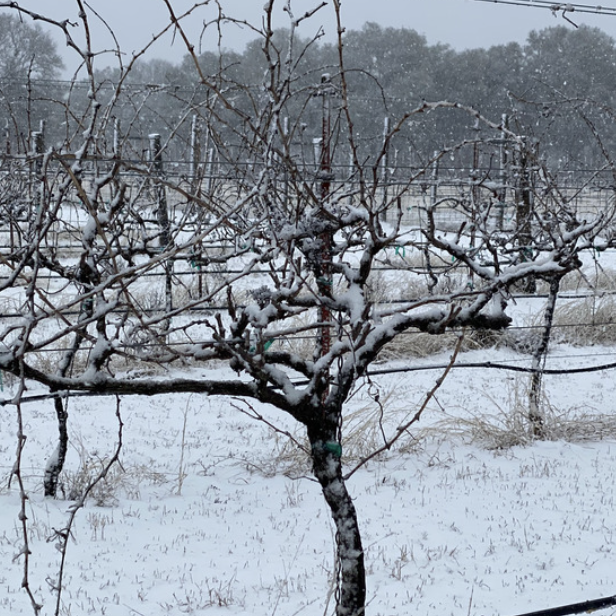When we envision the life of a grapevine, it’s often the vibrant, fruit-bearing seasons that come to mind. Yet, winter plays a crucial role in the vine’s cycle. As the leaves fall and the vineyards become seemingly dormant, a world of activity unfolds beneath the surface.
While vines appear dormant during winter, they are far from idle. Instead of producing fruit or leaves, their energy is redirected into their root systems. Roots grow, absorbing vital nutrients from the soil, fortifying the vine and preparing for the emergence of new shoots when the temperature rises.
Stored carbohydrates in the trunk, combined with soil-absorbed nutrients, provide the energy needed for spring growth. Winter pruning is a pivotal task for vineyard management. It determines the number of buds that will sprout in the spring, ultimately affecting the vine’s grape production and quality.
In regions prone to frost or snow, protective measures are essential. Vines are shielded with earth or straw at their base, preventing erosion and safeguarding against the harsh cold. Some vineyards even employ heaters to ward off severe frosts.
So, while winter may appear as a time of dormancy, a flurry of preparations is underway for the upcoming growing season. This hidden labor sets the stage for the creation of exceptional vintages.
Written by: Yuliia Nahorna

